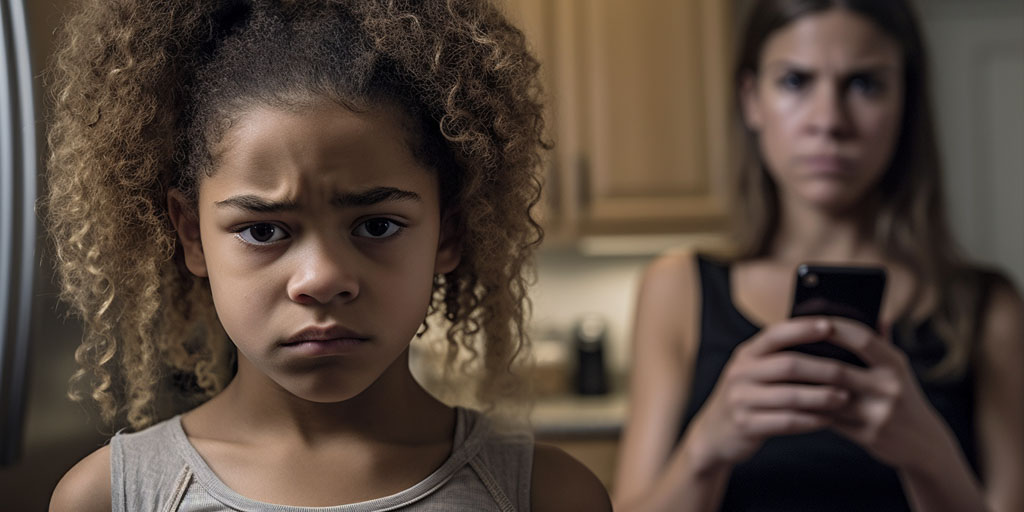
Many parents are concerned about the amount of time their preteen kids spend watching YouTube videos. It’s great for keeping your kid occupied with an activity they love, but spending hours watching online videos often has a negative impact on their attitude afterwards. That's why it's worth finding ways to limit YouTube content that work for your family.
After all, excessive YouTube time may even lead to disinterest in doing anything else — such as homework, socializing with other kids, or playing outside. The American Academy of Pediatrics recommend that families create a screen time plan that works best for them, considering their children's screen usage and their family's unique needs.
While completely banning preteen kids from watching YouTube works for some families, there are also creative ways to allow some usage without letting it consume too much of their day.
Establishing a daily time limit for your child's YouTube use can help prevent excessive screen time. By setting a specific amount of time, such as 30 minutes or an hour, you can help your child develop a better understanding of time management and encourage them to make more conscious decisions about what they watch. It can help to provide visual timers so your kid is aware of the time remaining.
You can limit the type of content your child can access and set restrictions on the amount of time they can spend watching videos. YouTube and various devices — like your iPad and Kindle Fire — offer built-in parental control features that allow you to filter out inappropriate content and set daily screen time limits. You can use an app like BrightCanary to keep an eye on the content of the videos they’re watching, and get alerts when they watch something that may be concerning.
This app is specifically designed for children, featuring curated content that is suitable for younger audiences. With YouTube Kids, parents can create customized profiles for their children, set content preferences, and apply restrictions on search and video playback. For example, you can specify that your kids can only watch content from YouTube accounts that you’ve approved, so they don’t get recommended videos that lead them down rabbit holes you’d rather they not explore.
You can also use BrightCanary to monitor YouTube Kids, in addition to the full video platform.
One way to ensure that your child's YouTube time is both limited and valuable is to allow your child only to watch YouTube videos with you. This not only allows you to monitor their viewing habits but also presents an opportunity for bonding and discussion. By watching YouTube with your child, you can share your thoughts on the content, offer guidance, and help them develop critical thinking skills.
Limit your preteen's YouTube viewing to videos that explain how to do something or teach a new skill. This can include cooking tutorials, DIY projects, or other educational content that aligns with their interests. By promoting learning-focused videos, you help your child make better use of their screen time and support their interest in new topics and hobbies.
Allow your child to watch YouTube only after they've completed their homework and chores for the day. This strategy turns YouTube time into a reward, teaching your preteen the importance of responsibility and time management. It also ensures that they prioritize their daily tasks before diving into the world of online videos.
Instead of allowing your child to watch YouTube on a personal device, like a tablet or phone, consider using a shared device like Apple TV in the living room. This not only promotes better viewing habits but also encourages family interaction and discourages isolating behaviors. Plus, having a shared viewing space can make it easier for parents to monitor content and time spent watching YouTube.
By only allowing your preteen to watch YouTube later in the day, you can ensure that it doesn't interfere with morning and afternoon activities. This schedule can help your child focus on schoolwork, extracurricular activities, or family time during the earlier hours, making their YouTube time a relaxing way to unwind after a productive day.
Heads up, parents: to encourage healthy sleep habits, make sure your child shuts off YouTube at least an hour before bed. Try these screen-free activities before bedtime instead.
A “digital detox” refers to taking a break from screens and social media. A week or two break from screens can help your preteen develop healthier habits and discover new hobbies or interests. During this time, encourage activities like reading, outdoor play, or family game nights to help your child find alternative ways to spend their free time.
Managing your child’s YouTube time doesn't have to mean banning it entirely. It’s especially important to establish good digital habits now, before their viewing consumption increases as a teenager. By implementing creative strategies, you can ensure that your child enjoys the benefits of online video content, without compromising their overall well-being.